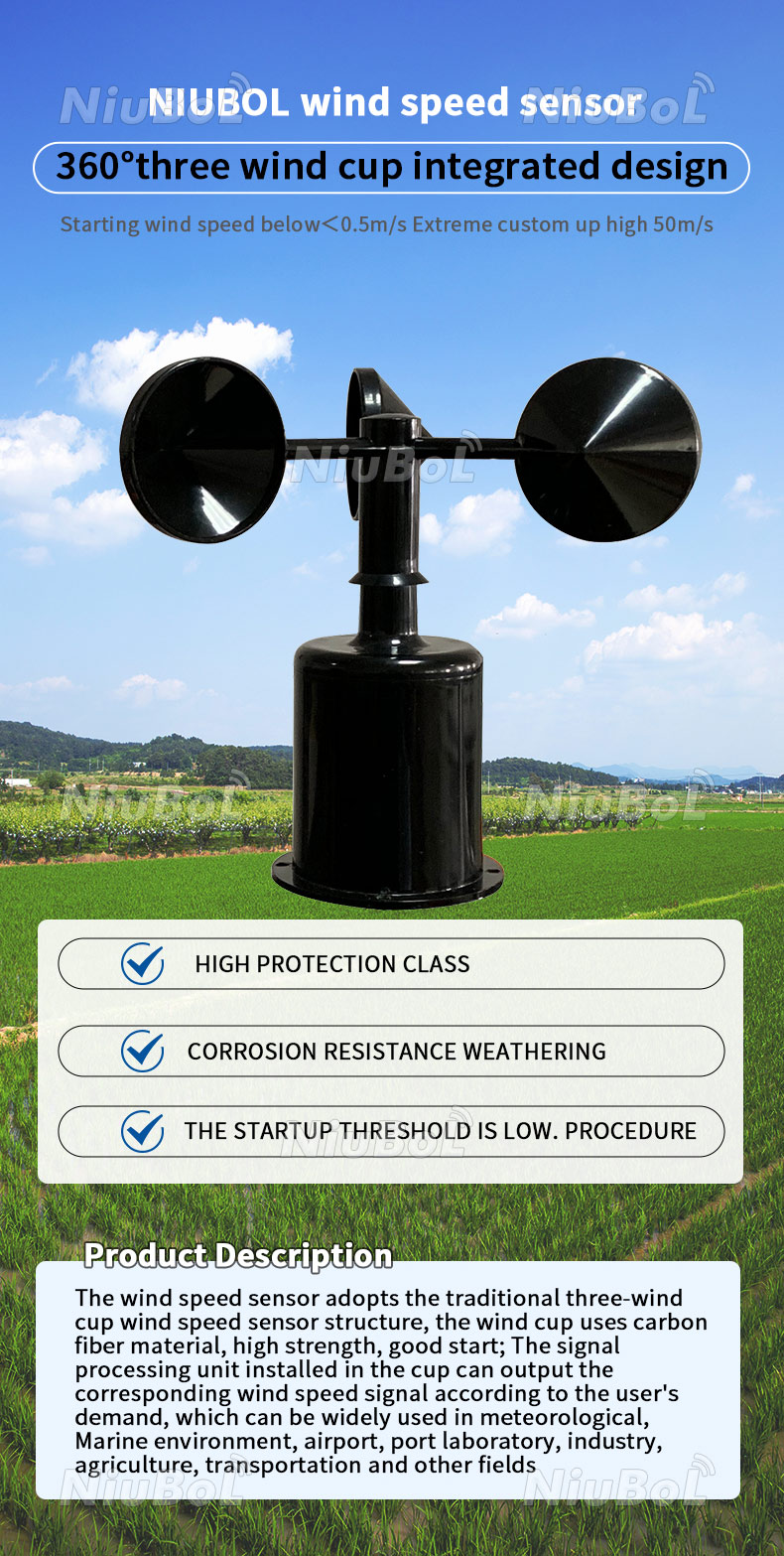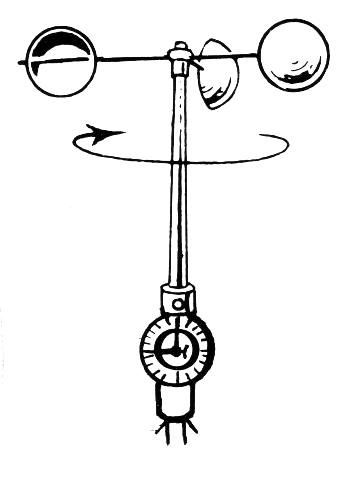The Role of an Anemometer in Improving Safety And Security for Outdoor Activities
The Role of an Anemometer in Improving Safety And Security for Outdoor Activities
Blog Article
Anemometers Introduced: Understanding Their Significance in Ecological Surveillance and Security Procedures
The duty of anemometers in ecological surveillance and security procedures is typically undervalued, yet their relevance is obvious. These tools have a lengthy history rooted in clinical query and technological innovations, developing to become necessary devices in various areas. From weather forecasting to aeronautics security, anemometers play a vital role in supplying exact information that notifies decision-making procedures and enhances general safety and security. Comprehending the ins and outs of anemometers introduces a globe of vital understandings that are essential to our understanding of the environment and the actions we require to make sure security.
History of Anemometers
The evolution of anemometers can be mapped back to the ancient civilizations where fundamental wind measuring devices were initial used. These very early wind measurement devices laid the structure for the development of much more advanced anemometers with time. One of the earliest known anemometers was the hemispherical cup anemometer developed by Leon Battista Alberti in the 15th century. This layout contained four hemispherical cups that gathered wind power, supplying a measurement of its intensity based upon the speed of turning.
Over the years, developments in modern technology led to the development of more contemporary anemometers, consisting of ultrasonic anemometers and laser Doppler anemometers, supplying raised precision and performance in determining wind rate and direction. The history of anemometers showcases an amazing trip of innovation and progress in the area of weather forecasting.
Kinds Of Anemometers
Throughout the field of weather forecasting, numerous kinds of anemometers have been established to properly gauge wind rate and instructions. Sonic anemometers make use of ultrasonic signals to determine wind rate and direction properly. Hot-wire anemometers run based on the principle that the cooling result of wind on a heated wire is proportional to the wind rate.
Applications in Weather Forecasting
Having actually gone over the various kinds of anemometers made use of in weather forecasting for measuring wind speed and direction, it is vital to explore their useful applications in the field. Anemometers play a critical duty in meteorology by supplying real-time and precise data on wind conditions (anemometer). Meteorologists make use of anemometers to monitor wind rate and direction to forecast climate patterns, concern warnings for serious climate events like tornados, cyclones, and hurricanes, and analyze atmospheric problems for aviation safety
In meteorology, anemometers assist in comprehending local and regional wind patterns, which are important for forecasting climate modifications and identifying weather fads. These gadgets are likewise used in research to examine microclimates, metropolitan warmth islands, and air pollution dispersion. Furthermore, anemometers are used in farming to optimize crop monitoring techniques, such as watering and pesticide application, based on wind problems.
Importance in Aviation Safety
An essential facet of ensuring air travel security depends on the meticulous surveillance of wind conditions utilizing anemometers. Anemometers play an important function in aviation by offering real-time data on wind speed and instructions, assisting pilots visit our website in making notified choices throughout landing, take-off, and trip. Strong and uncertain winds can considerably influence aircraft procedures, making it essential for aeronautics authorities to depend on precise wind measurements to make sure the security of passengers and team.

In the vibrant environment of aviation, where even minor changes in wind rate and direction try these out can have profound impacts, anemometers stand as crucial tools for advertising risk-free and safe and secure flight.
Role in Environmental Research
Anemometers play a critical function in environmental study by providing vital information on wind speed and direction. By precisely measuring wind characteristics, anemometers help researchers analyze the activity of toxins in the air, examine the effect of industrial discharges, and forecast the spread of impurities in the setting.


Verdict
To conclude, anemometers have actually played an important function in environmental monitoring and precaution. With an abundant history and various kinds offered, these tools have actually been extensively used in meteorology, aeronautics safety and security, and environmental research. Comprehending the value of anemometers is necessary for properly determining wind rate and instructions, which is vital for predicting weather condition patterns, ensuring secure aviation procedures, and carrying out environmental research studies - anemometer. Their check out here payments to these areas can not be undervalued.
One of the earliest known anemometers was the hemispherical cup anemometer invented by Leon Battista Alberti in the 15th century. Over the years, advancements in innovation led to the growth of more modern anemometers, including ultrasonic anemometers and laser Doppler anemometers, supplying increased precision and performance in determining wind rate and instructions. Hot-wire anemometers operate based on the principle that the cooling result of wind on a warmed cable is proportional to the wind speed. Meteorologists make use of anemometers to keep an eye on wind rate and instructions to anticipate weather condition patterns, issue warnings for serious weather condition occasions like twisters, typhoons, and tornados, and assess atmospheric problems for air travel security.
Understanding the value of anemometers is essential for accurately gauging wind speed and direction, which is vital for predicting weather condition patterns, making certain safe aviation procedures, and performing ecological research studies. (anemometer)
Report this page